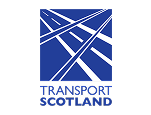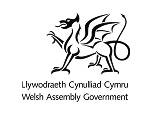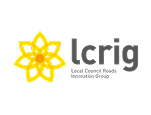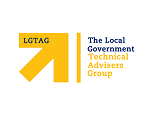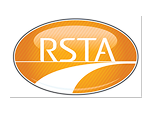A new consortium has been launched to support and protect the future of drones and unmanned aircraft systems.
The Unmanned Aircraft Systems Authentication System (UASAS) project includes Connected Places Catapult, Cranfield University and Belfast cybersecurity start-up ANGOKA.

It has been awarded funding from UK Research and Innovation's Future Flight Challenge, part of the Industrial Strategy Challenge Fund, ‘with an aim to revolutionise aviation and drone usage'.
Connected Places Catapult said the commercial potential of drones is staggering and that they ‘are poised to become ubiquitous devices – they do not require runways, can be small and agile, and can hover over and survey areas that might be too risky for humans.
But it added that for them ‘to truly take off', the communications crucial to controlling and flying them need to be protected.
‘Without this key element, drones are at risk of being hacked and hijacked by nefarious actors, endangering not only the mission of the drone, but the environment around it. Securing drone communication ensures that national infrastructure, such as airports and mobile towers, is also protected.'
The UASAS project aims to create an authentication system that will provide a trusted identification service for drone usage and protect communications from cyberattacks, allowing organisations to ensure that drones are flying in the right zones and without adverse effects to other parties, increasing overall confidence in drone technology.
Mark Westwood, chief technology officer at Connected Places Catapult, said: ‘With drones being set to become part of everyday life, one of the essential components is highly reliable and resilient security and authentication systems to ensure safe use. We are looking forward to being part of a project which will increase the confidence in drone technology and support the growth of a valuable market sector."
Dr Saba Al-Rubaye, senior lecturer in autonomous and connected systems and project lead at Cranfield University said: 'There is huge scope for drones and unmanned aerial vehicles to transform air transport activities and services – this project will help to harness that potential in a safe and secure way.'









